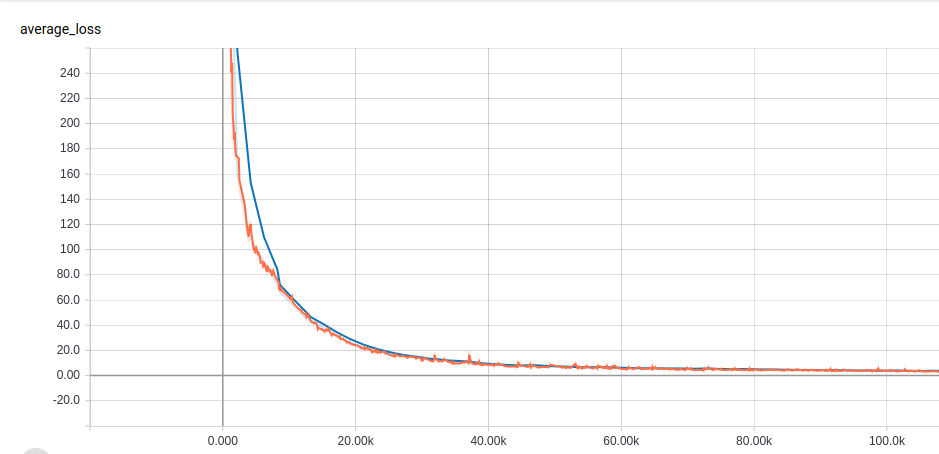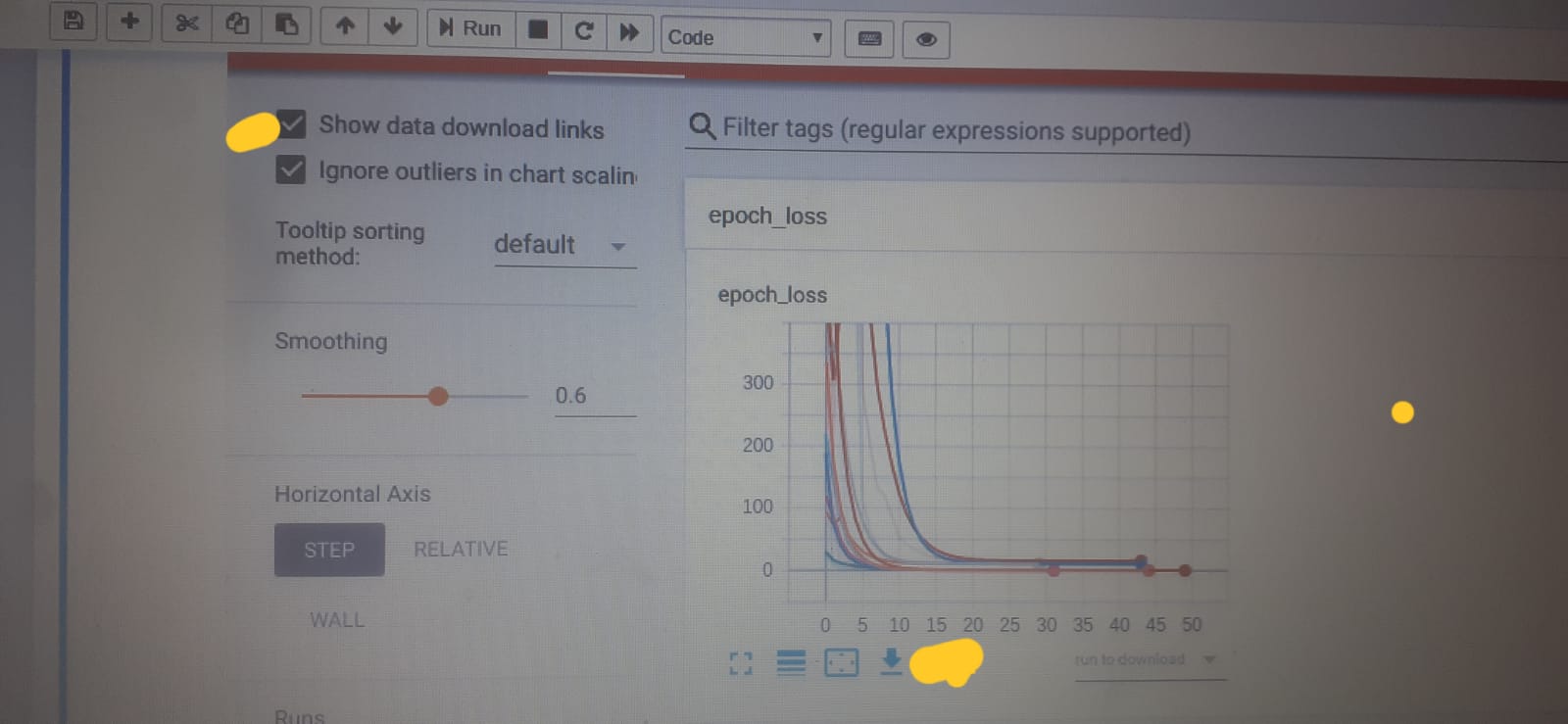I am currently trying to predict the movement of a particle using a tensorflow premade Estimator (tf.estimator.DNNRegressor).
I want to save an image of the average loss plot, like the one tensorboard displays, into each model's folder.
Tensorboard is pretty good to monitor this during training, but I want to save an image for future reference (e.g. comparing different approaches visually)
Is there an easy way to do this? I could save the results of the evaluation at different times and use matplotlib, but I haven't found anything on how to get the loss from the regressor.train method.

